Francis S. Oda
B.Arch. '64
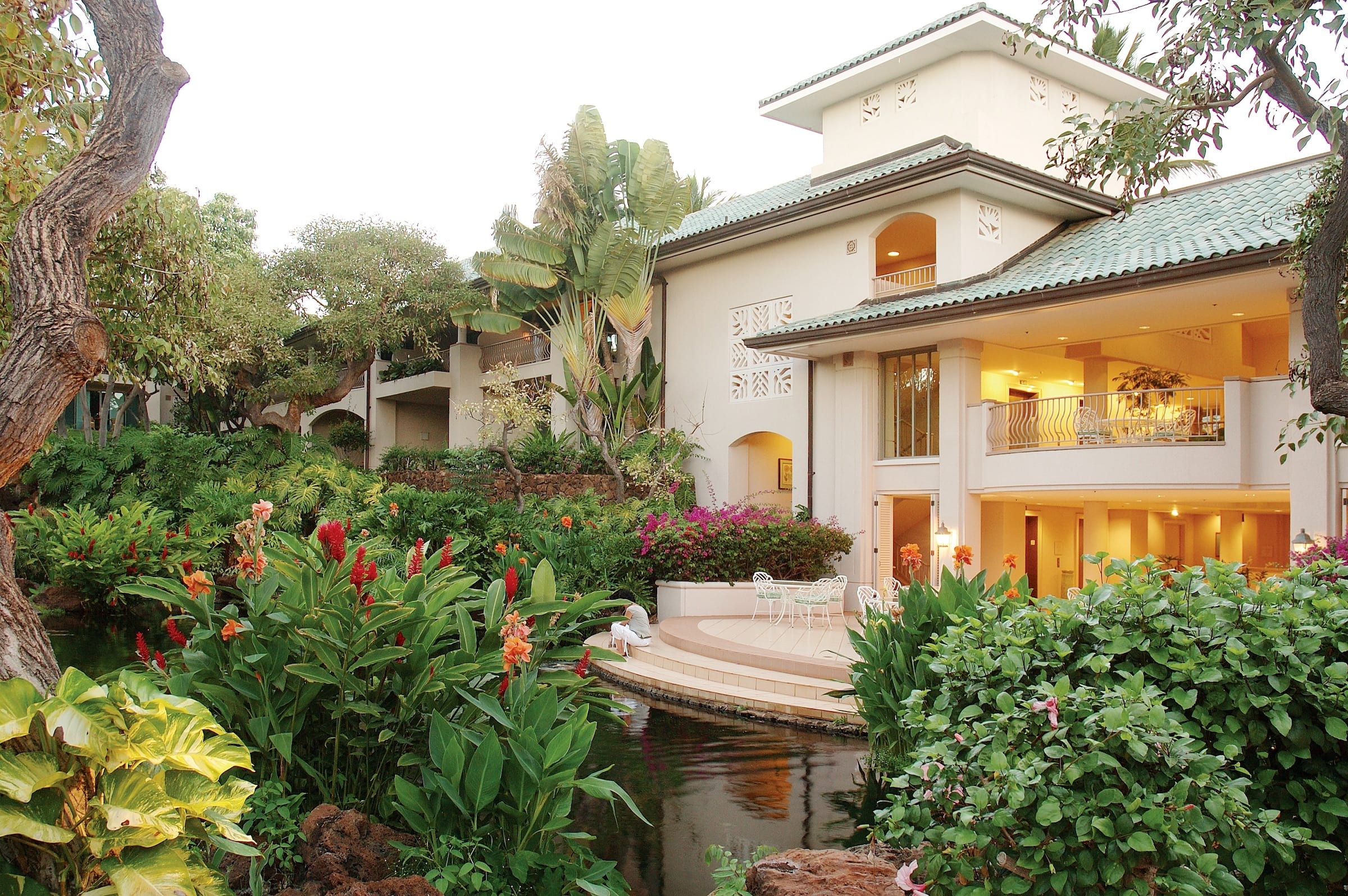
G70 (architecture), Four Seasons Resort Lāna´i at Mānele Bay (1991), view of terrace, Lāna´i City, Hawaii.

Francis Oda is active in G70+, an affiliate of G70, as its chair and principal designer. photo / provided

G70 (planning), City of Kapolei plan (2007), rendering of Wai Aniani Way, Kapolei, Hawaii.
Projects
Hanauma Bay Marine Education Center (2001)
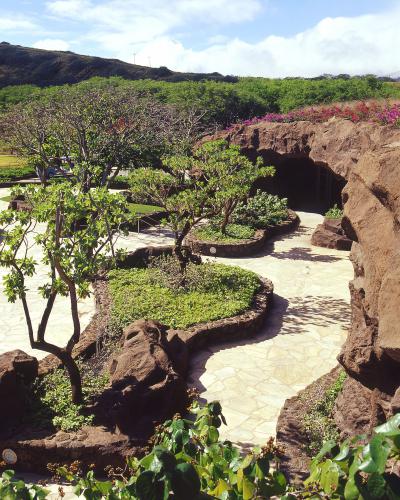
G70 (architecture and master planning), view of nature preserve, 8,100 square feet, Honolulu, Hawaii.
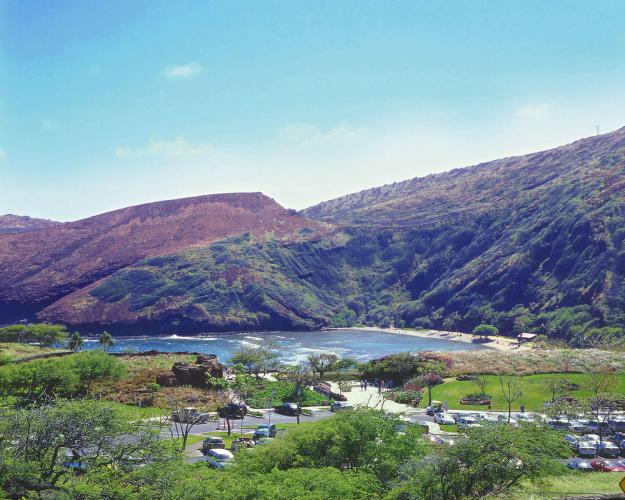
G70 (architecture and planning), Hanauma Bay Marine Education Center (2001), view of Hanauma Bay, 8,100 square feet, Honolulu, Hawaii.
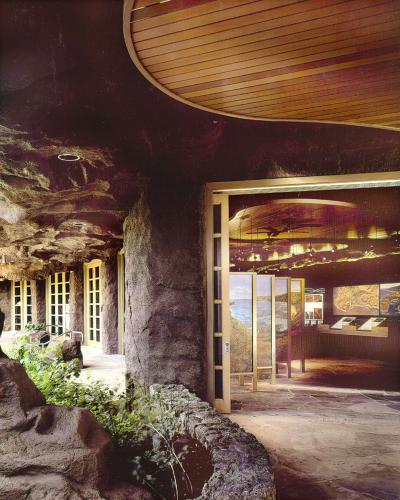
G70 (architecture and planning), Hanauma Bay Marine Education Center (2001), interior view, 8,100 square feet, Honolulu, Hawaii.

G70 (architecture and planning), Hanauma Bay Marine Education Center (2001), exterior view, 8,100 square feet, Honolulu, Hawaii.
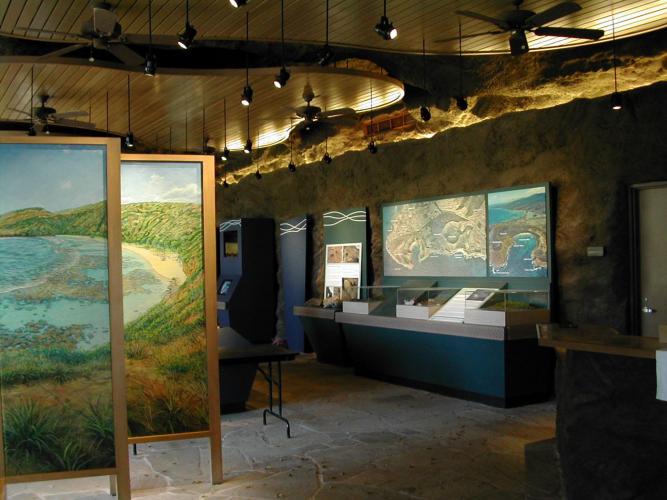
G70 (architecture and planning), Hanauma Bay Marine Education Center (2001), educational area, 8,100 square feet, Honolulu, Hawaii.
Indonesia Innovation City Sentul Master Plan (2020)
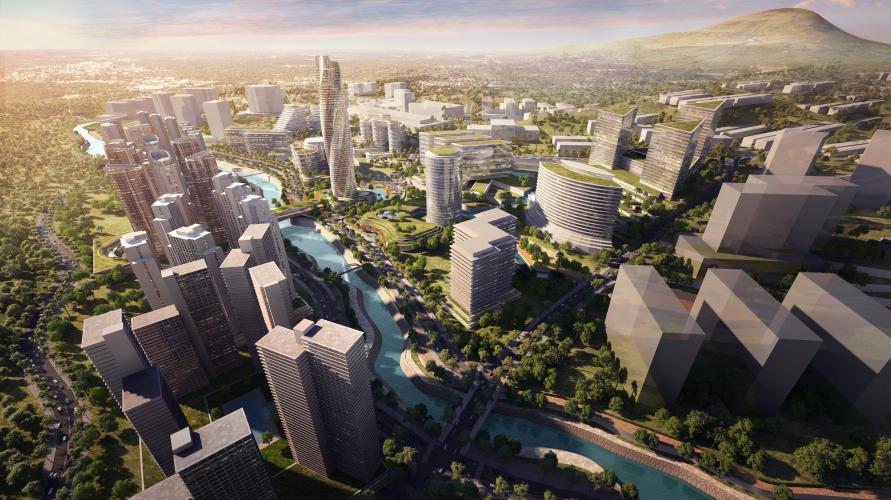
G70 (planning), Conceptual master plan aerial view, 400 hectacres, Sentul City, Indonesia.
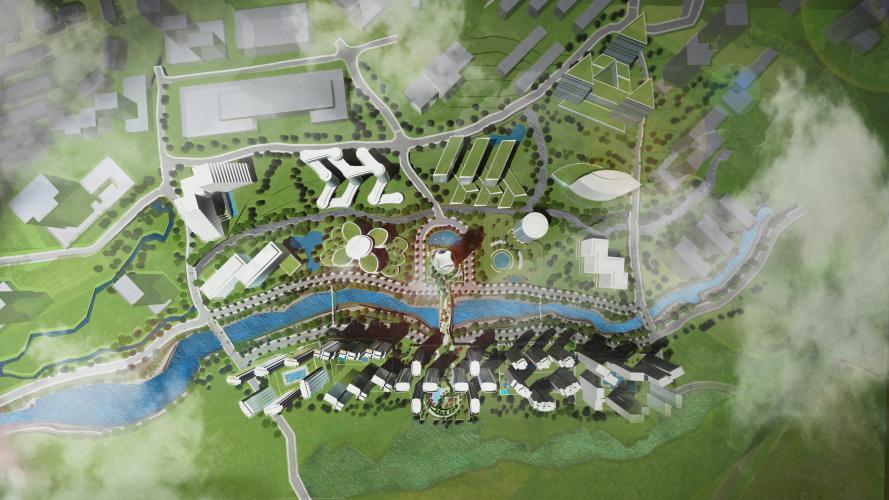
G70 (planning), Conceptual master plan aerial view, 400 hectacres, Sentul City, Indonesia.

G70 (planning), Conceptual master plan exterior view of buildings, 400 hectacres, Sentul City, Indonesia.

G70 (planning), Conceptual master plan exterior view of buildings, 400 hectacres, Sentul City, Indonesia.

G70 (planning), Conceptual master plan exterior view of buildings, 400 hectacres, Sentul City, Indonesia.
´Iolani School Sullivan Center for Leadership & Innovation (2013)
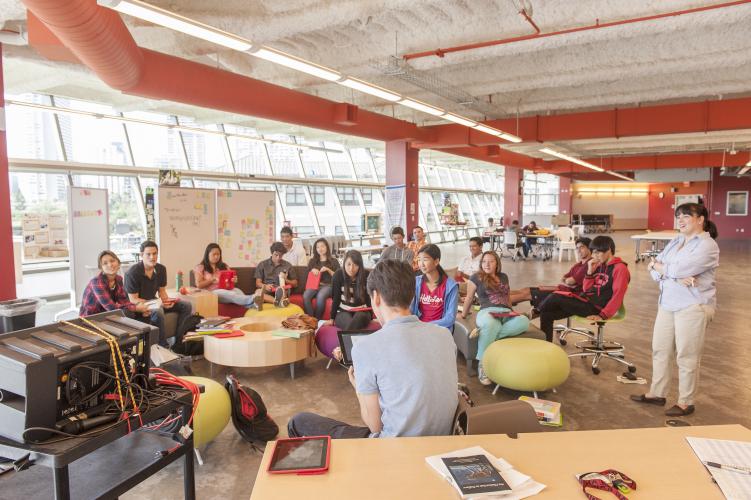
G70 (architecture and interior design), interior view, 43,800 square feet, Honolulu, Hawaii.

G70 (architecture and interior design), exterior view during daytime, 43,800 square feet, Honolulu, Hawaii.
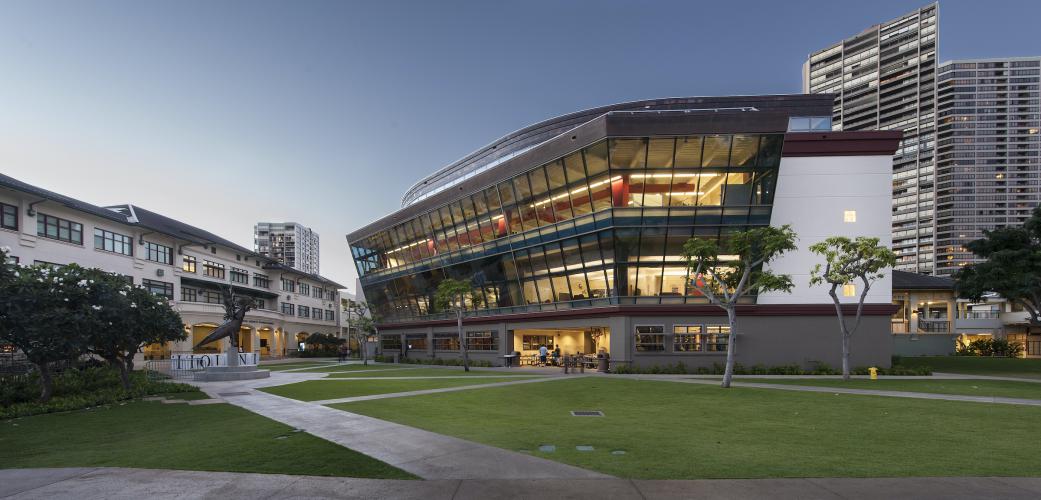
G70 (architecture and interior design), exterior view at night, 43,800 square feet, Honolulu, Hawaii.
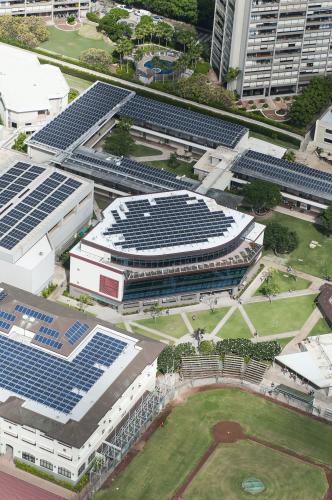
G70 (architecture and interior design), aerial view, 43,800 square feet, Honolulu, Hawaii.

G70 (architecture and interior design), exterior view of roof, 43,800 square feet, Honolulu, Hawaii.
City of Kapolei Plan (2007)
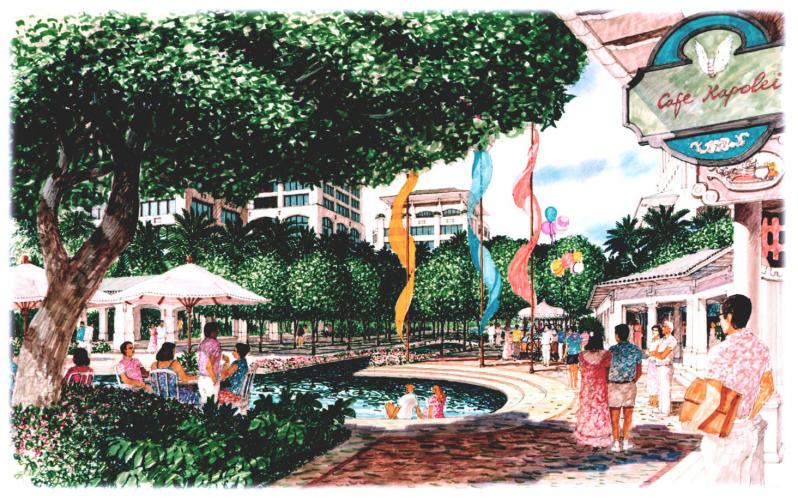
G70 (planning), rendering of arcade, Kapolei, Hawaii.
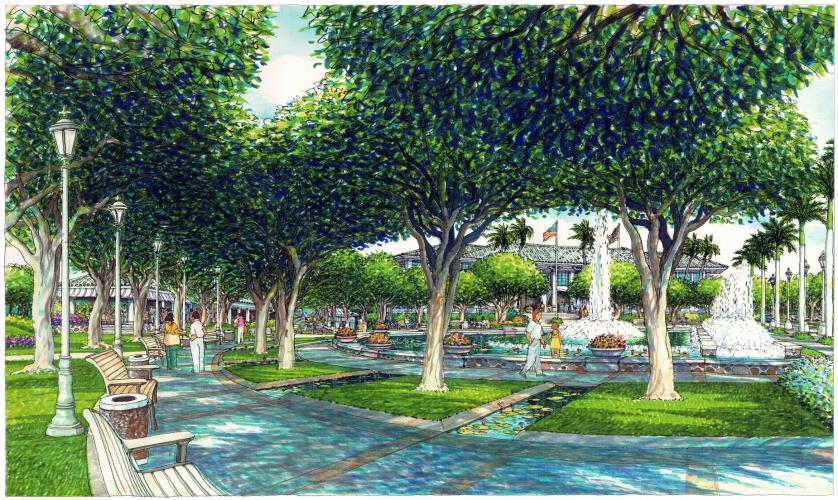
G70 (planning), rendering of Civic Center, Kapolei, Hawaii.
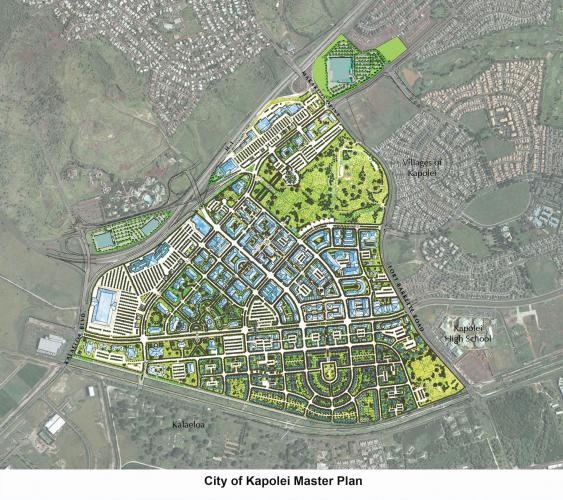
G70 (planning), master plan aerial view, Kapolei, Hawaii.
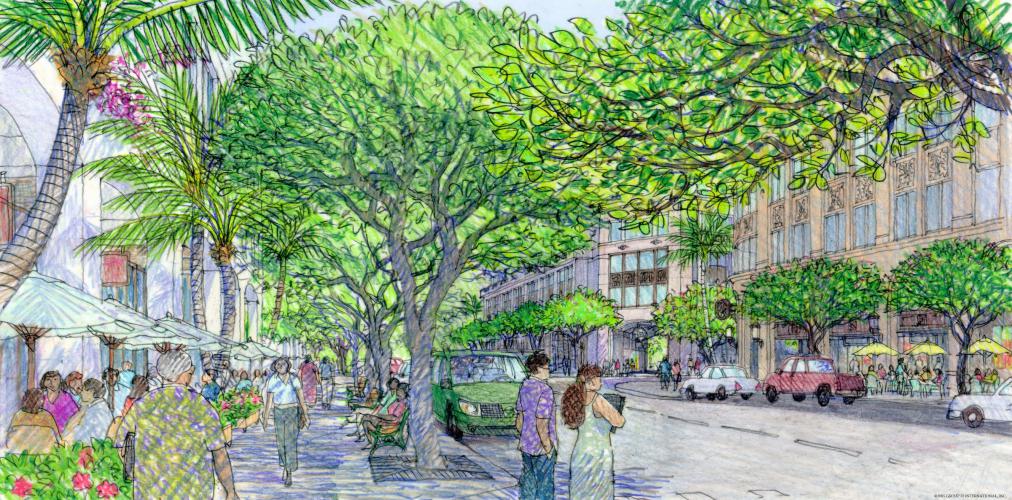
G70 (planning), rendering of Wai Aniani Way, Kapolei, Hawaii.
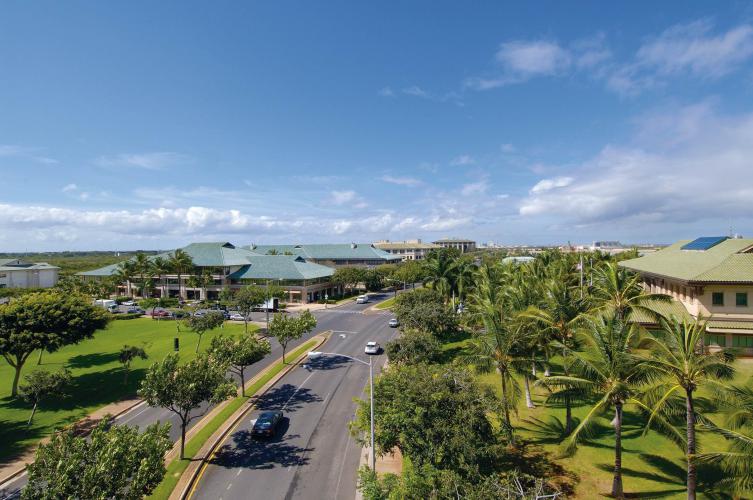
G70 (planning), view of Kapolei, Kapolei, Hawaii.
Four Seasons Resort Lāna´i at Mānele Bay (1991)
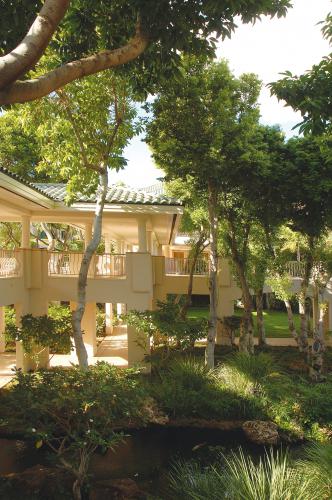
G70 (architecture), view of courtyard, Lāna´i City, Hawaii.

G70 (architecture), exterior view, Lāna´i City, Hawaii.

G70 (architecture), guestroom, Lāna´i City, Hawaii.
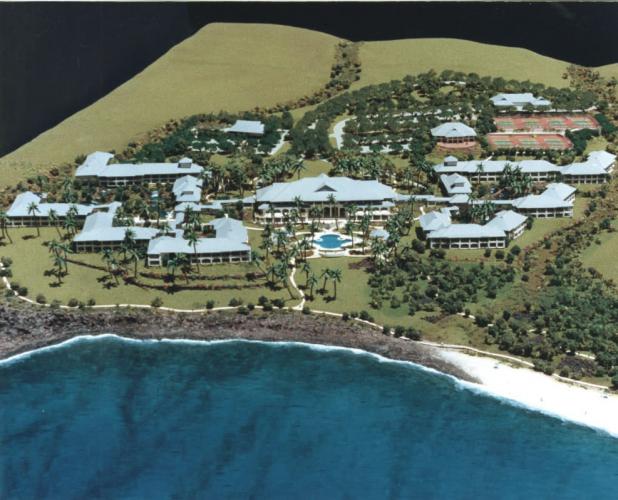
G70 (architecture), model, Lāna´i City, Hawaii.

G70 (architecture), exterior view of terrace, Lāna´i City, Hawaii.
New Hotel in Bora Bora (2022–ongoing)

G70, site plan, Bora Bora. The site plan contains three areas called "pito," a concept related to the Polynesian sense of place. "Pito Po'o" corresponds to the head and represents ancestral, spiritual, and traditional knowledge. "Pito Na'au" corresponds to the navel, which is the source of life, energy, and vitality. "Pito Mai" corresponds to the reproductive organs, representing reproduction and future generations.

G70, view toward Mount Otemanu, Bora Bora. The site design celebrates voyaging, a core component of the Polynesian culture.
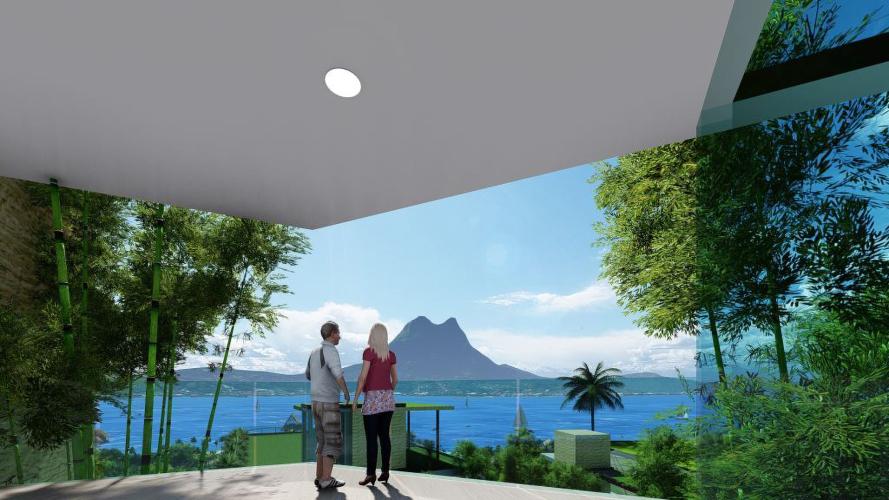
G70, view from balcony, Bora Bora. The design of the hotel is intended to inform guests of the important traditions of voyaging and place-making in Tahitian culture. It is also intended that local residents and employees feel a sense of pride and ownership in the design honoring the culture and the place.
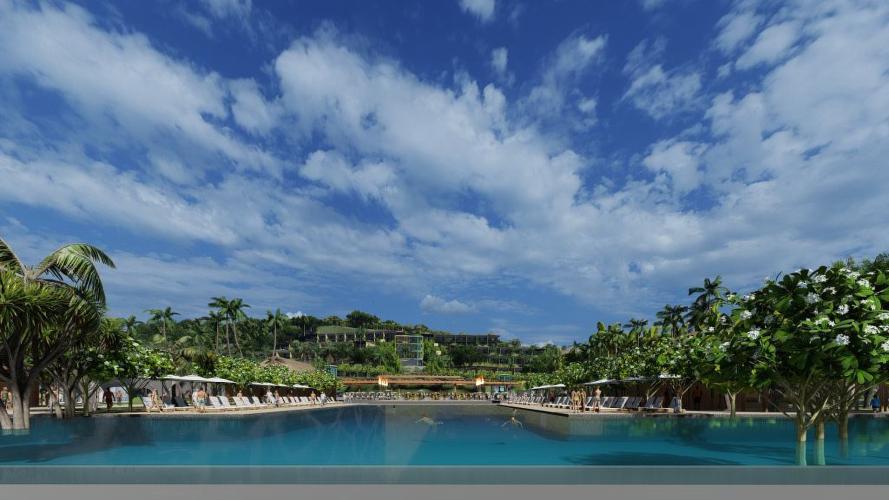
G70, view of pool, Bora Bora. The pool is located between the "Pito Na'au" and the "Pito Mai," which is associated with the sea.
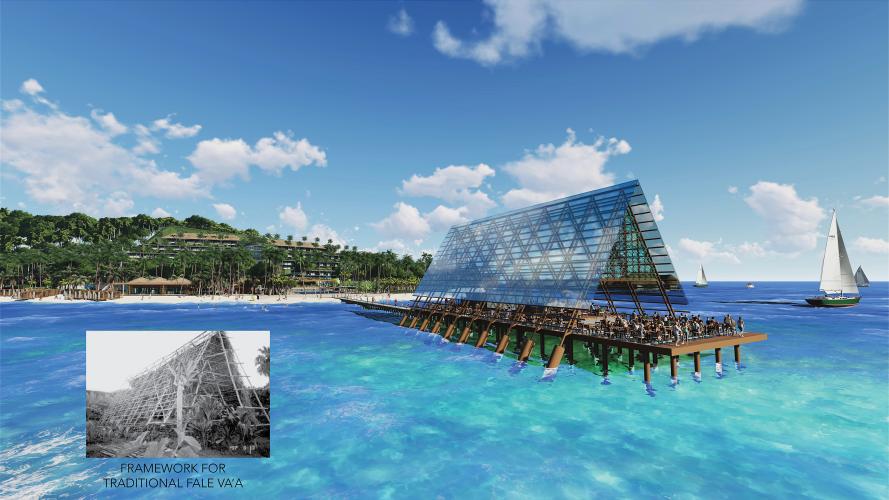
G70, Fale Va'a seafood restaurant, Bora Bora. The seafood restaurant is located at the Pito Mai, which is associated with the sea. Its structure takes the form of the traditional fale va'a (inset), which is a canoe house. The hotel's fale va’a will employ special glass to give the structure a traditional and modern expression.

G70, Navigation restaurant, Bora Bora. The Navigation restaurant building (Pito Po’o) has a facade that reflects the design of a voyaging "stick chart" (inset) that ancient navigators used in traversing the sea.

G70, dive school interior, Bora Bora.
Color: Lorem ipsum dolor sit amet, consectetur adipisicing elit. Distinctio, eveniet?
